How to Replant Tulip Bulbs: A Step-by-Step Guide
Replanting tulip bulbs is a simple process that can be done in a few easy steps. First, waiting until the foliage has completely died is important before digging up the bulbs. Once the bulbs have been dug up, they can be stored until it’s time to replant them in the fall. Proper storage is important to ensure the bulbs remain healthy and viable.
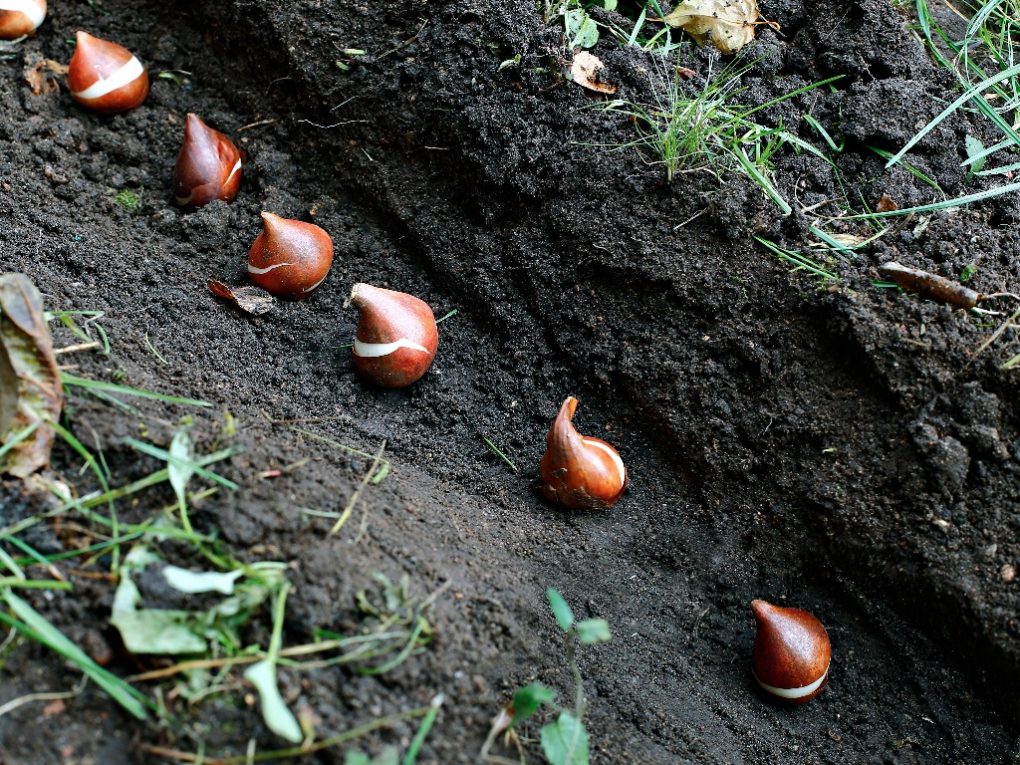
When replanting the tulip bulbs, choosing a suitable location that provides adequate sunlight and well-draining soil is important. The bulbs must be planted at a depth of about three times their height, with the pointed end facing upwards. With the right care and attention, tulip bulbs can continue to bloom year after year, adding beauty and color to any space.
Table of Contents
Reminder When Replanting Tulip Bulbs
Knowing when to replant tulip bulbs is essential to ensure a bountiful and beautiful display of tulips in your garden. Typically, tulip bulbs should be replanted every two to three years. However, a few factors must be considered before replanting your tulip bulbs.
First, waiting until the tulip blooms have faded and the foliage has turned yellow is important. This process usually takes about six weeks after the final bloom. During this time, the tulip bulbs absorb nutrients and energy from the foliage, which is essential for the growth of new bulbs.
Second, choosing the right time of year to replant your tulip bulbs is important. The best time to replant tulip bulbs is during the late summer or early fall when the soil is still warm enough for the bulbs to grow roots before the winter frost sets in. If you replant your tulip bulbs too early in the spring, they may need more time to establish roots before the hot summer weather sets in.
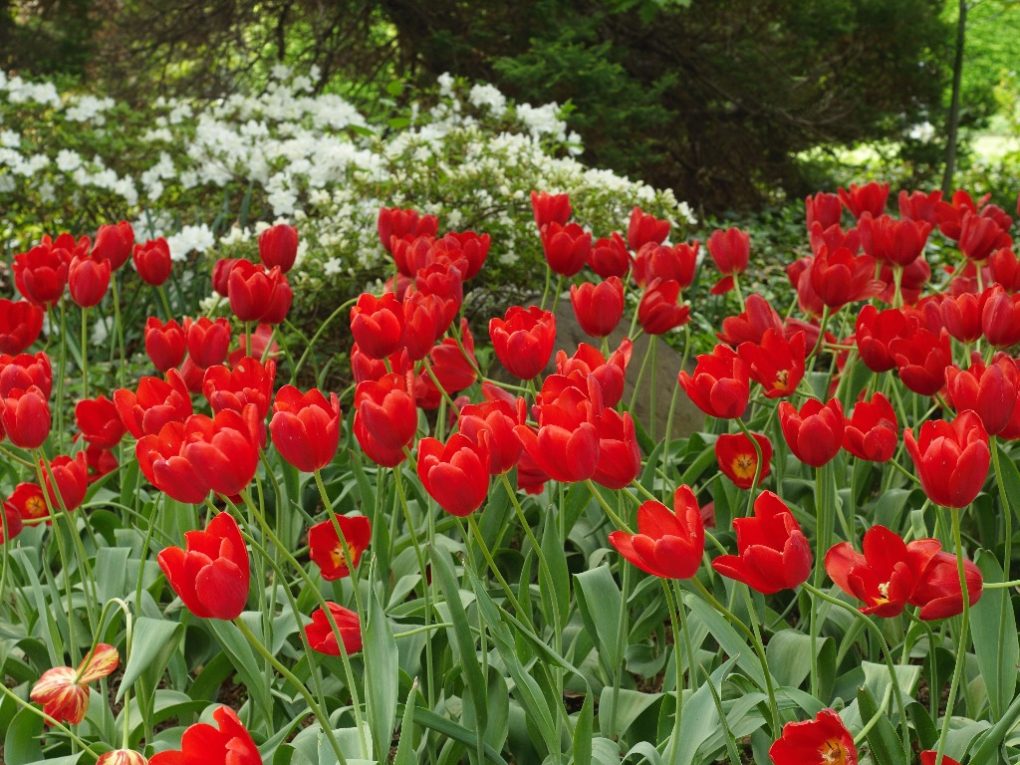
Third, choosing the right location for your tulip bulbs is important. Tulips prefer well-draining soil and full sun, so choose a location that provides these conditions. Additionally, avoid planting tulips in areas prone to standing water or where other bulbs or plants have recently been planted, as this can increase the risk of disease.
By following these guidelines, you can be sure that your tulip bulbs are replanted at the right time and in the right location, which will help them thrive and produce beautiful blooms in the spring.
Preparing to Replant Tulip Bulbs
Tools and Materials
Before starting the replanting process, gather the necessary tools and materials:
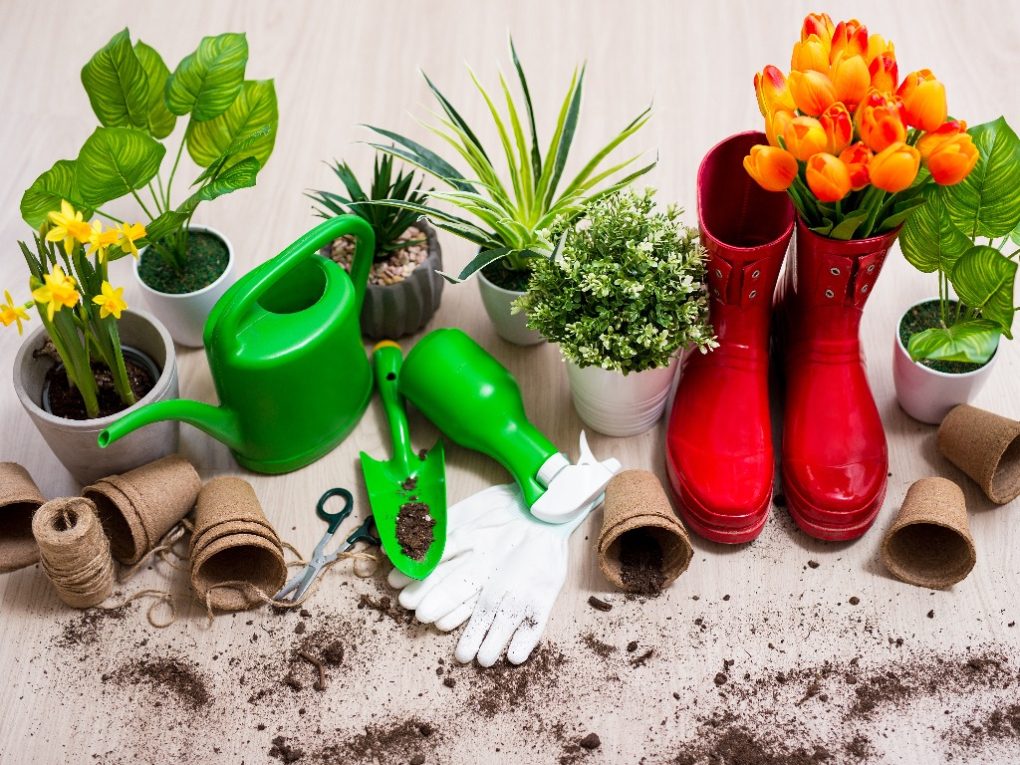
- Gardening gloves
- Gardening trowel
- Compost or organic matter
- Bulb fertilizer
- Watering can or hose
Choosing the Right Location
Choose a planting area that gets plenty of sunlight and has well-draining soil. Tulips prefer slightly acidic soil with a pH level between 6.0 to 6.5. Avoid areas with standing water or soil that is too compacted.
It’s also important to consider the surrounding plants and trees. Tulips should be planted away from trees and shrubs that may compete for nutrients and water. Additionally, avoid planting tulips in areas where they may be disturbed by foot traffic or lawnmowers. Once a suitable location has been chosen, prepare the soil by adding compost or organic matter. This will provide the necessary nutrients for the tulip bulbs to thrive.
Tips to Replant Tulip Bulbs
Digging Up the Bulbs
The first step in replanting tulip bulbs is to dig them up. This should be done when the foliage has turned yellow and died back. Use a garden fork to lift the bulbs out of the soil gently, careful not to damage them. Shake off any excess soil and remove any dead or damaged bulbs.
Cleaning and Sorting the Bulbs
Once the bulbs have been dug up, they should be cleaned and sorted. When cleaning, I use a soft brush or cloth to remove any remaining soil or debris from the bulbs. Inspect each bulb carefully, discarding any that are soft or damaged. Sort the remaining bulbs by size, as larger bulbs will produce larger flowers.
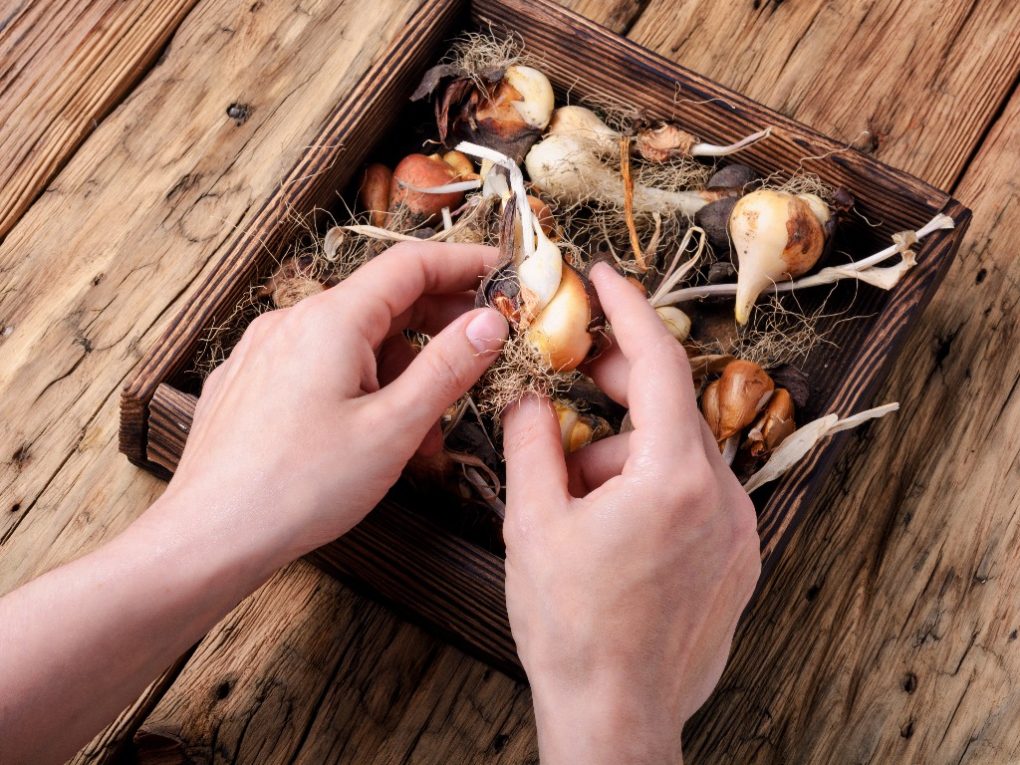
Preparing the Soil
Before replanting the bulbs, it is important to prepare the soil. Tulips like well-draining soil that is rich in organic matter. Add compost or well-rotted manure to the soil to improve its texture and fertility. If the soil is heavy, add sand or perlite to improve drainage. Work the soil to a depth of at least 8 inches, according to the Old Farmer’s Almanac.
Planting the Bulbs
When planting the bulbs, plant them at the correct depth. Tulip bulbs must be planted at a depth that is three times their diameter. For example, if a bulb is 2 inches in diameter, it should be planted 6 inches deep. Space the bulbs at least 6 inches apart. After planting, water the bulbs thoroughly to settle the soil.
It is important to note that tulip bulbs should be planted before the ground freezes in the fall. This allows the bulbs to establish roots before winter sets in. In areas with mild winters, tulip bulbs can also be planted in early winter.
Aftercare
After replanting tulip bulbs, it is important to take care of them properly to ensure they thrive and produce beautiful blooms year after year: the following subsections guide watering, fertilizing, and mulching tulip bulbs.
Watering
Tulip bulbs require regular watering to help them establish their roots and grow properly. Watering should be done once a week, providing enough water to moisten the soil to a depth of at least 8 inches. Be careful not to overwater the bulbs, which can cause the roots to rot. During heavy rainfall, it may be necessary to reduce the watering frequency to avoid waterlogging the soil.
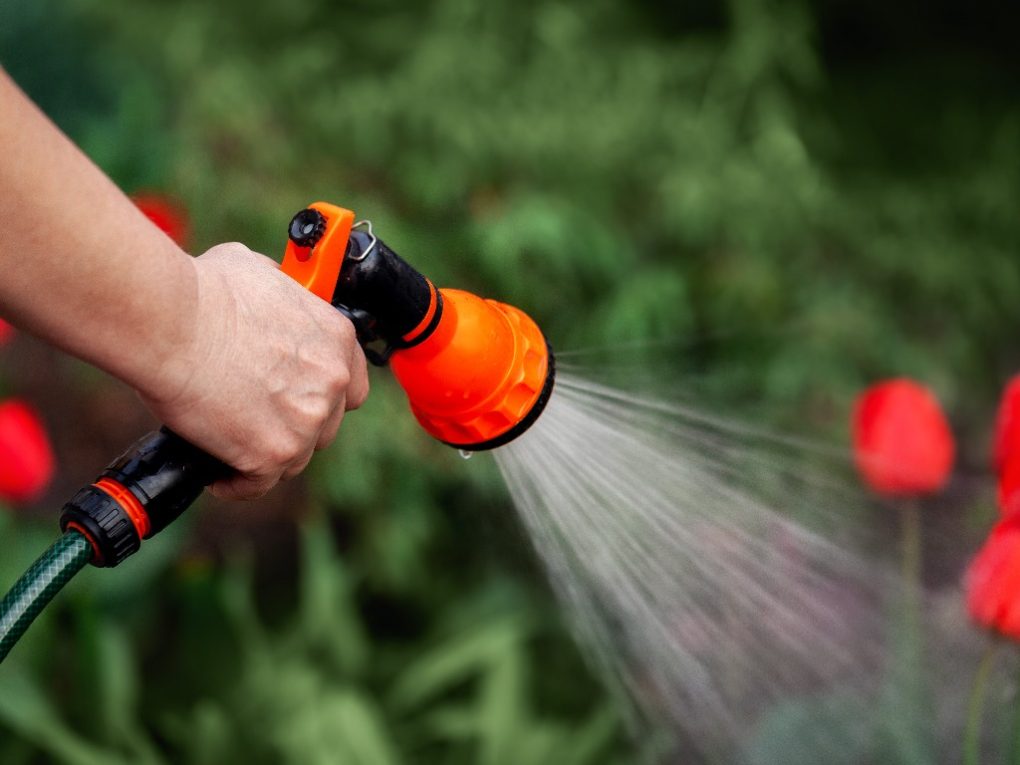
Fertilizing
Fertilizing tulip bulbs ensures they receive the necessary nutrients to grow and produce healthy blooms. It is recommended to fertilize the bulbs twice a year, once in the spring after the blooms have faded and once in the fall before the first frost. Use a balanced fertilizer with equal nitrogen, phosphorus, and potassium. Spread the fertilizer evenly over the soil around the bulbs, careful not to get any on the leaves or stems.
Mulching
Mulching is important in protecting tulip bulbs from harsh weather conditions and pests. A mulch layer helps regulate soil temperature, retain moisture, and suppress weed growth. Apply a layer of mulch around the bulbs after planting, ensuring not to cover the leaves or stems. Use natural mulch such as straw, shredded leaves, or pine needles, and avoid using synthetic mulches that can harm the environment.
